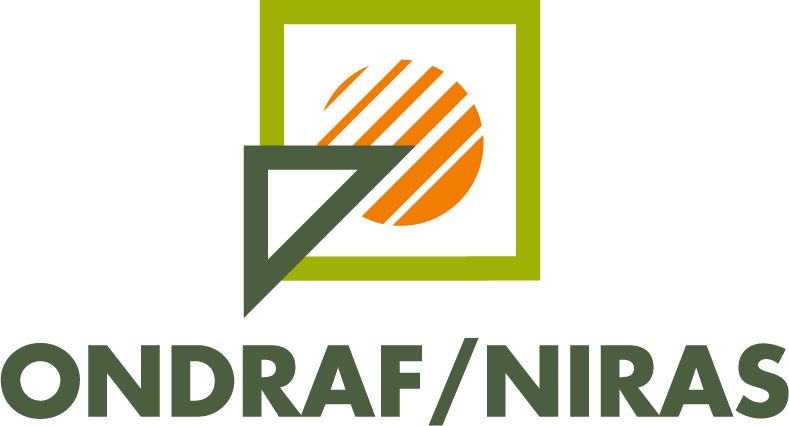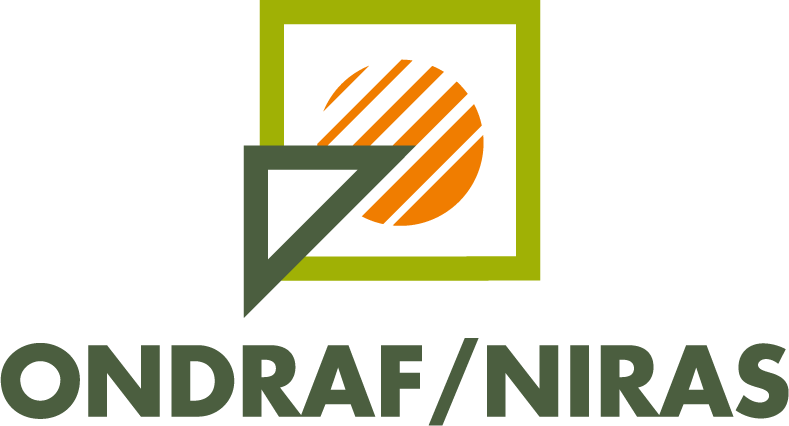What is the final destination of high-level and/or long-lived waste?
High-level and/or long-lived waste remains radioactive and dangerous to humans and the environment for hundreds of thousands of years. Working out a very long-term management solution is therefore essential. With today's knowledge, deep or geological disposal is globally considered to be the only way to safely isolate this radioactive waste, also often called nuclear waste, for such a long period of time.
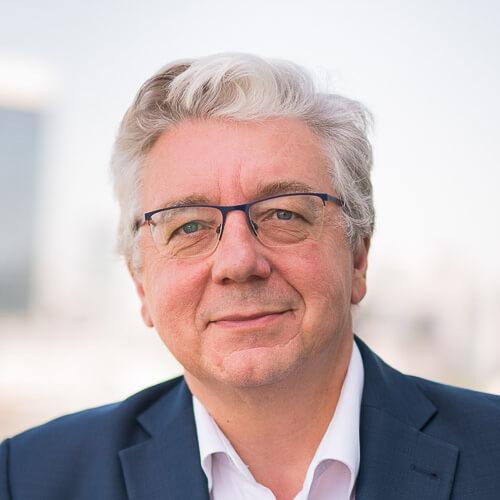
"The disposal of radioactive waste is more than just a technical and scientific challenge. It is at least as much a societal challenge."
Belgium, like all countries that have policies for the long-term management of this type of waste, also opted for deep disposal. To define the main lines of the decision-making process that will govern the implementation of deep disposal and to confirm or revise deep disposal in Belgium as a safe management solution, a broad public debate will be organised in 2023. ONDRAF/NIRAS, responsible for the safe management of radioactive waste in our country, is keen to inform everyone openly about deep disposal. One way we will do so is through this website.
Radioactive waste
Where does radioactive waste come from and what quantities are we talking about? How is waste managed and where is it stored? What happens to spent fuel and why is it not considered radioactive waste?
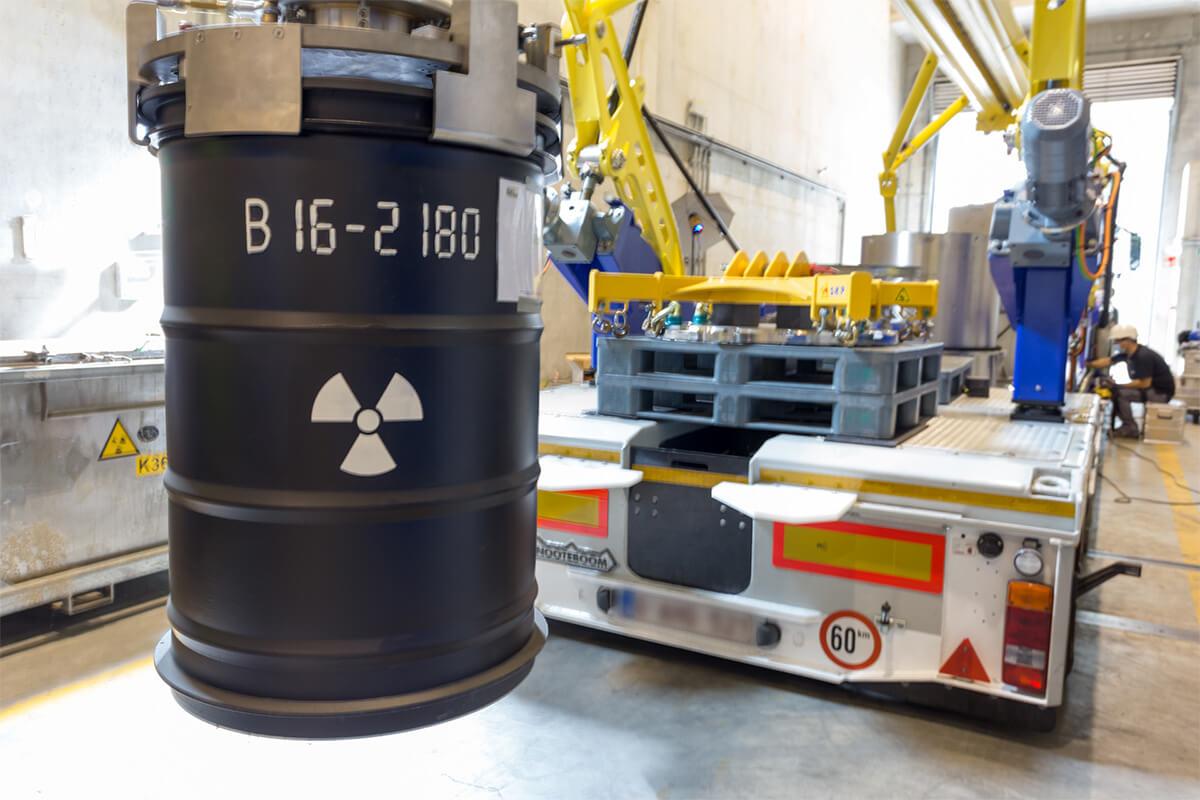
Deep disposal
How does deep or geological disposal work and what does such a disposal facility look like? How is safety assured? Can the waste be retrieved in the future? What makes clay suitable as host rock in our country? What about earthquakes and climate change?
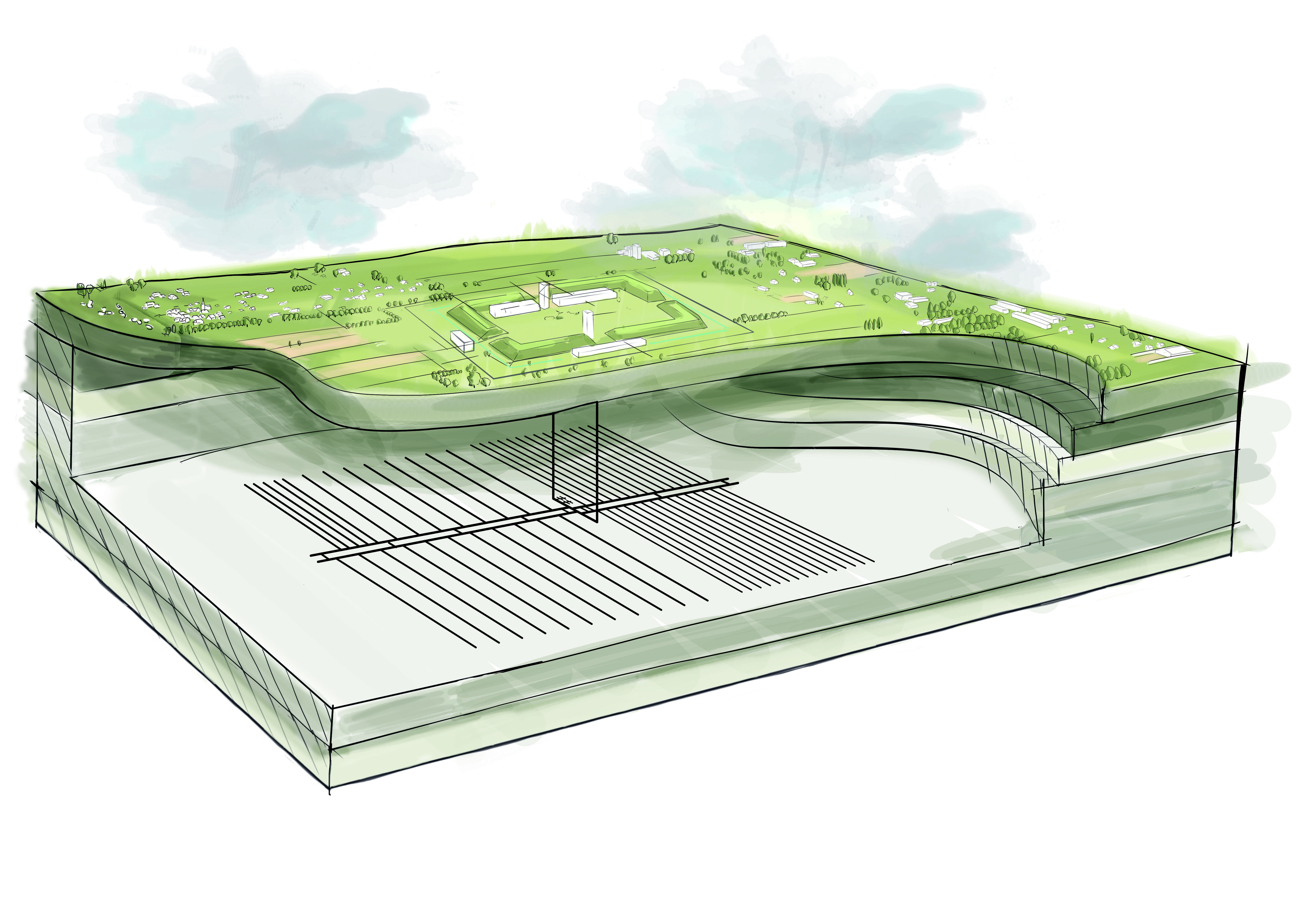
Research
What is the basis for research on deep disposal and who conducts it? Why was an underground laboratory built in our country and what experiments take place there? Why is research in ethics and societal aspects called for as well?
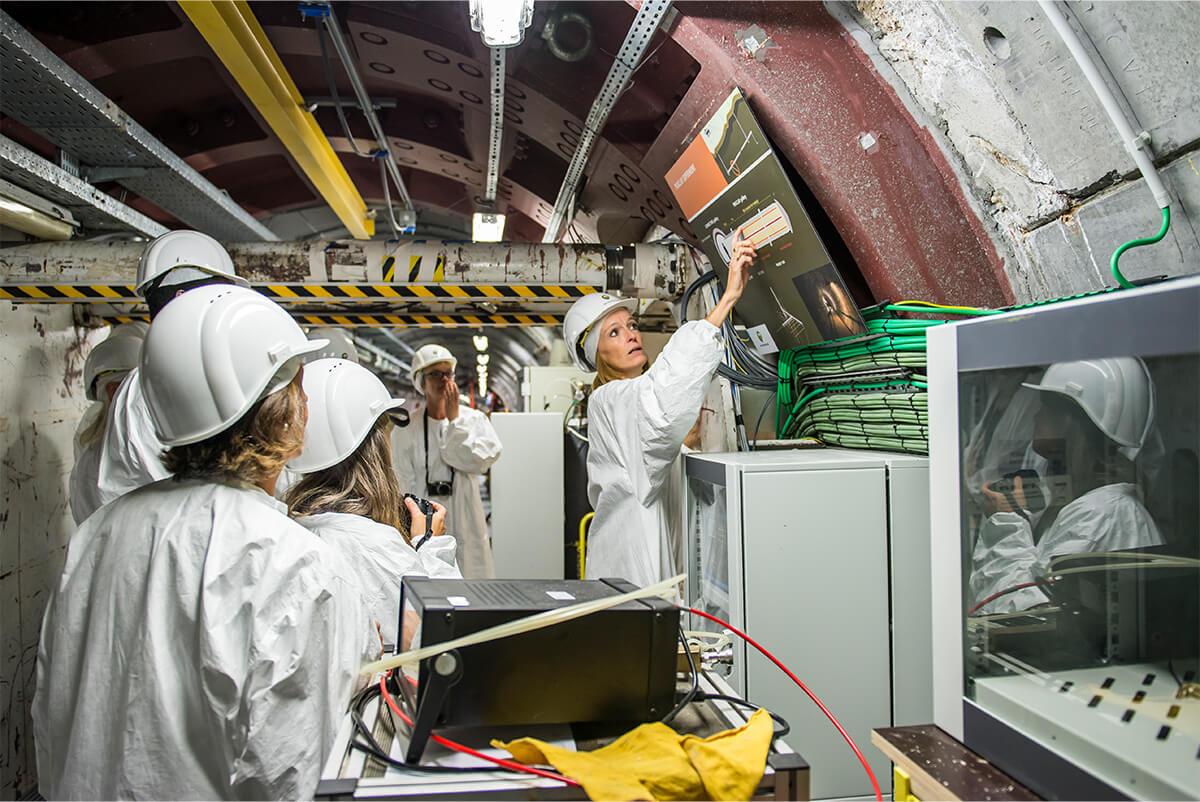
International situation
Is there an international consensus on the management of radioactive waste in the long term? How do other countries view deep disposal and where are they in their decision-making process? Do deep disposal facilities already exist?
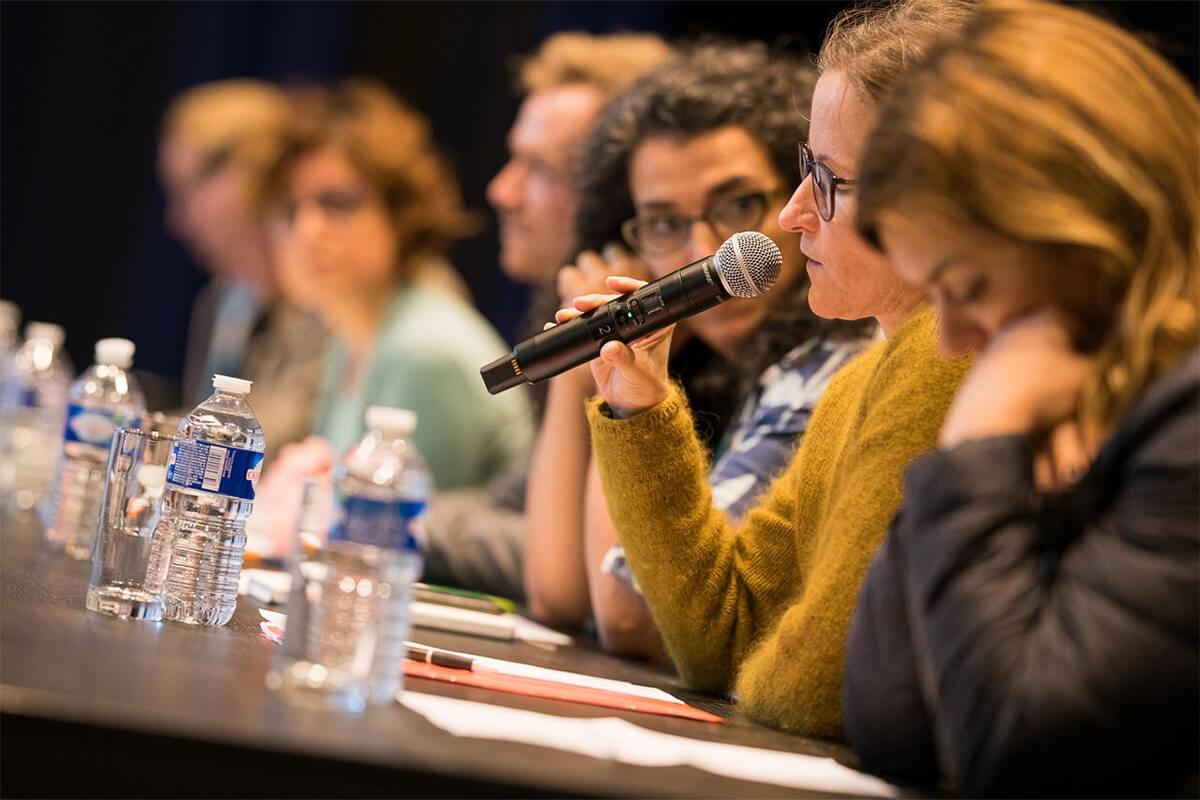
Other options
Why not leave radioactive waste on the surface? Can waste be dumped into the sea or sent into space? Can we share a disposal facility with other countries? Can a new technology such as transmutation play a role?
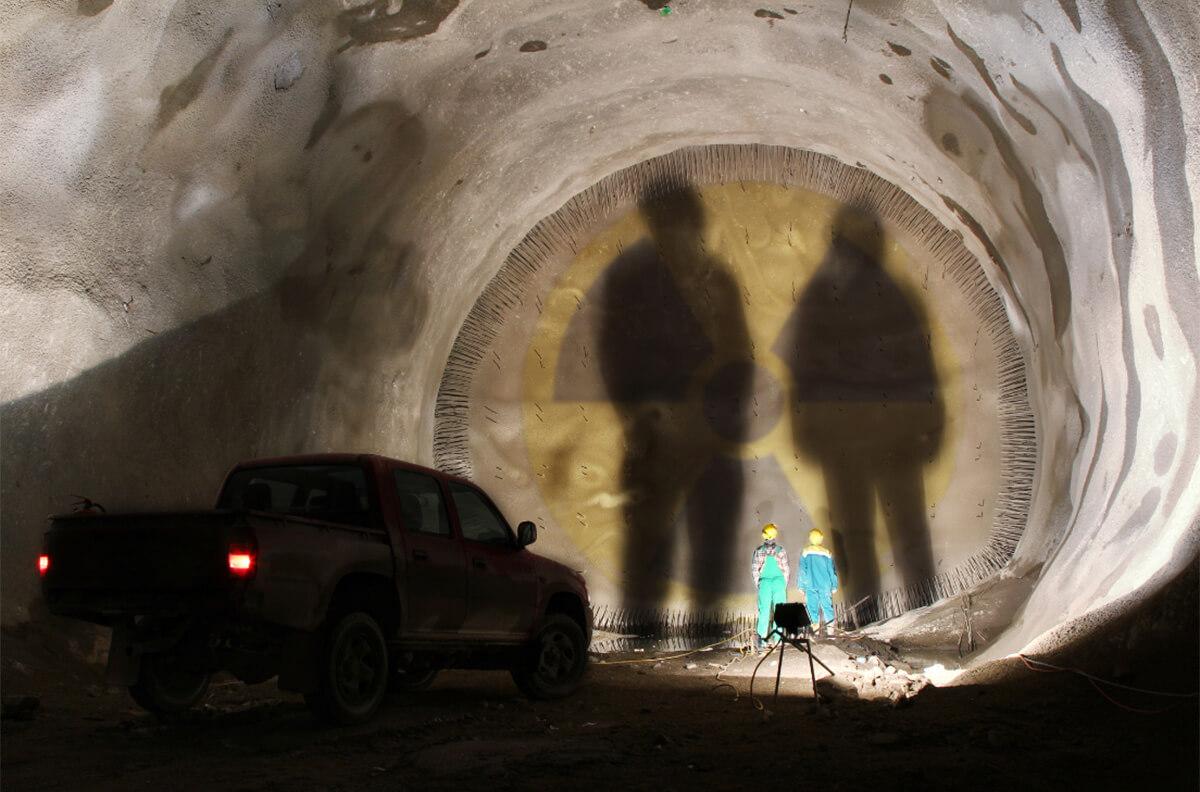
Financing
How much would a deep disposal facility cost? Who will calculate the cost and on what basis? Who will pay the cost of deep disposal and who will control whether sufficient financial provisions are made? How will waste management and research be financed?

Legal framework
What does the (inter)national legal framework say about radioactive waste management? What has already been decided and what steps have been taken in our country? Why is a societal debate being organised and what will happen afterwards?

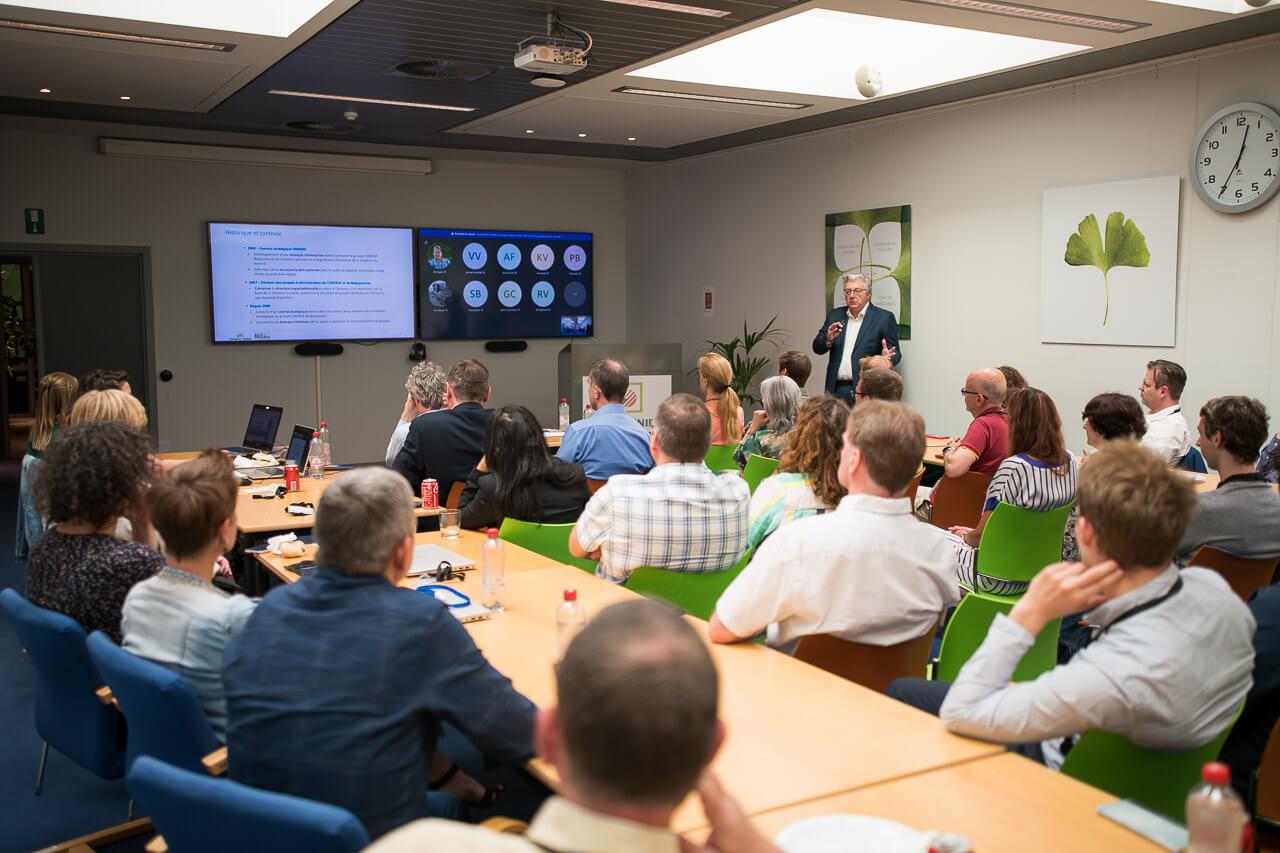
About ONDRAF/NIRAS
What are ONDRAF/NIRAS' missions? How is radioactive waste managed in the short and long term? Why is participation essential for radioactive waste disposal? How about the surface disposal project in Dessel?
